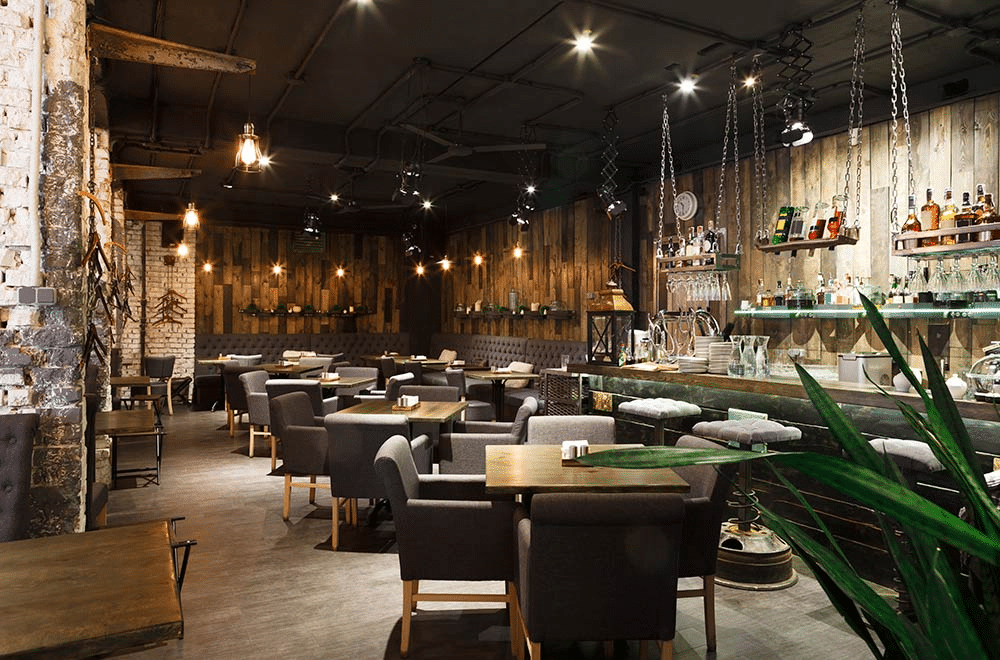A restaurant offers more than just cuisine. It provides guests with an experience. The quality of the meal is essential, but the atmosphere determines whether a consumer returns. Ambience complements the menu to give a comprehensive understanding.
Owners who overlook this aspect miss a vital opportunity to make a good impression. A thoughtful design may elevate a regular supper into a memorable event. This article outlines specific strategies for improving the atmosphere of a restaurant. The goal is to help owners create an environment that makes customers happy and encourages them to return.
Restaurant Booth Seating Repair
Booths are a popular choice among guests. They provide solitude and a comfortable atmosphere. Torn vinyl, flat cushions, and loose frames degrade comfort. Owners must check the booth’s condition on a regular basis. A quick restaurant booth seating repair from professionals keeps minor faults from becoming significant difficulties. A ripped seat gives customers a negative impression of the overall hygiene.
Simple acts, like the addition of new fabric or fresh foam, can rejuvenate a booth’s look. Durable materials chosen for upgrades can withstand daily use and wear and tear. Neutral colors and classic patterns complement a wide range of themes. A fixed booth pleases customers while costing less than a complete replacement.
Build a Unified Theme
A clear theme guides all design decisions. This theme should complement the meal and the intended audience. A casual family gathering differs from a formal setting. The concept should be consistent throughout the decor and employee clothing.
For example, a coastal restaurant would employ light colors and wood tones. A typical steakhouse may feature black leather and metal accents. All objects, from wall art to menu design, should adhere to this concept. A mixed topic can confuse consumers and reduce the impact. A strong, continuous story sets the restaurant apart.
Use Light with Purpose
Lighting is a crucial element in shaping the mood. Strong white lights can seem cold and harsh. Owners should select a soft, warm brightness. Dimmer switches are a good investment for any dining area. They allow staff to change the lighting at lunch or dinner.
A variety of fixtures work nicely. Ceiling lights provide total brightness. Pendant lighting above booths or wall lights make for comfortable areas. A candle on the table offers a delicate touch. Good lighting improves the appearance of meals and makes people feel more relaxed. It influences how long patrons choose to stay.
Manage Noise Levels
Sound may shape the dining experience for the better. A loud room causes guests to yell across the table. A silent room can appear stiff and unnatural. The goal is a casual hum of conversation. Quiet music can drown out plate noise and kitchen sounds.
The music should reflect the restaurant’s brand. Sound-absorbing panels are an effective solution for echo problems. Staff can hang them from the ceiling or the walls. Rugs, drapes, and padded chairs also absorb noise. Owners should take a tour of the dining room during busy periods. This allows them to hear the environment as a customer would.
Design the Table with Care
The table serves as the main stage for the guest. Its appearance conveys a lot about the restaurant’s standards. Cracked dishes, soiled menus, and smeared forks may ruin a meal. Purchase sturdy, stylish dishes that complement the theme.
Neat cloths and clean wood surfaces demonstrate good care. Small accessories, such as a single flower or a good salt shaker, provide a personal touch. Menus should be tidy and easy to read. The table setting is a clear indication of the work put into the food. A well-dressed table indicates quality and ability.
Add Life with Plants and Art
Walls and corners hold great potential. Good decor adds energy and character to a room. Live plants help to soften a space and clean the air. They add a natural, calm feel to the indoors. If real plants are a problem, select fake plants that look real. Wall art must be picked with a clear plan.
It should match the restaurant’s story without distraction. Art from local creators can build community ties and start chats. Decor should get updates to keep the room feeling current. This gives repeat guests a new detail to see.
Train Your Team Well
The staff are an active part of the atmosphere. Their mood and dress change the feel of the room. Kind, alert servers build a friendly and open environment. Employees should learn to watch the room. They can see if a table rocks or if the air is too cold. Their clothes must be clean and fit the restaurant’s style.
A happy team spirit is evident to guests. When workers appear content and expert, it lifts the whole dinner. They are the last key part that connects all the other atmosphere pieces.
A restaurant’s atmosphere is a mix of many parts. It joins with the food to build a complete experience. Owners can make significant gains without a massive spend. Small, planned changes like professional restaurant booth seating repair can have a profound impact. With work on these zones, owners can earn a steady clientele. They can craft a place where people arrive to dine and leave with a smile.

